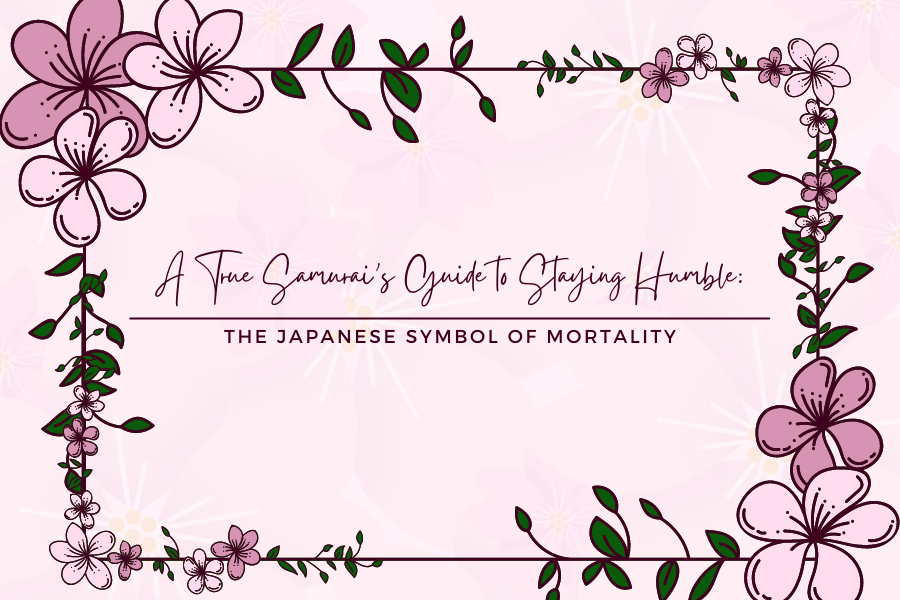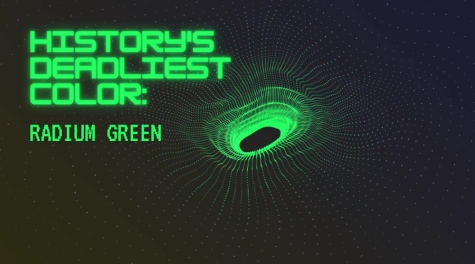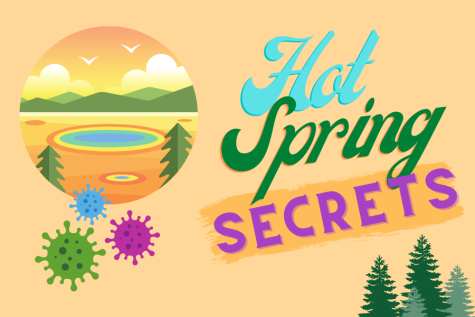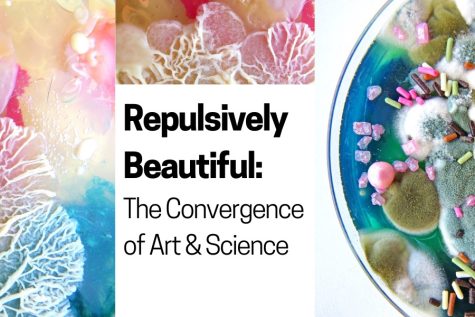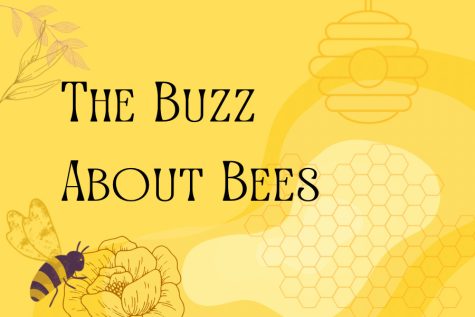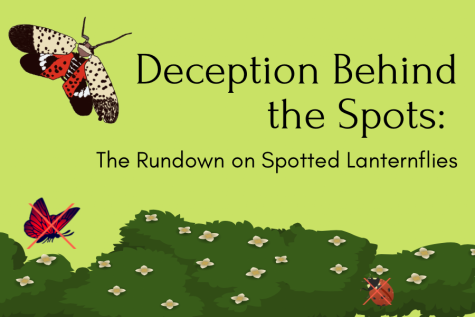A True Samurai’s Guide to Staying Humble, The Symbol of Mortality in Japan
What makes life beautiful? Is it that warm, comforting feeling you get hanging around your friends? The adrenaline rush of playing a sport? A nice, home-cooked meal after a long day of school and extracurriculars? Or is it perhaps the blooming of gorgeous flowers after months of heavy rain? I’ve always been one for nature. I think cherry blossoms are especially lovely. These trees, alternatively called sakura, have pink and white flowers that only bloom a few days in a year.
Cherry blossoms often are associated with Japan, but they immigrated hundreds of years ago from China. In the early eighth century, sakura became so valued that only the Imperial Japanese Court could own them. Under the branches of these trees, nobles created beautiful works of art, music, and poetry and held picnics and feasts. By the late eighth century, Samurai started to enjoy the cover of the trees and partied under their branches. Eventually, commoners could as well. Across Japan, it has become a tradition to hold Hanami, or flower viewing events, in the spring.
Cherry blossoms have an extensive range of meanings in Japan. For one, the Japanese school year starts around the time the trees are blooming, so blossoms are often seen as the start of a new experience. Some find the blossoms to mean hope and good fortune. Cherry blossoms were brought into battle by Samurai and thus came to symbolize mortality and life’s prompt nature.
When Americans imagine cherry blossoms, the Washington DC sakura trees immediately come to mind. A couple thousand cherry blossom trees were gifted by Japan in 1910 as a symbol of peace. Unfortunately, these trees perished. Two years later, Japan gave a few more thousand trees, and this time they survived. They now flourish in Washington D. C. and are commonly admired by tourists.
Sakuras have a rich history that can be traced back to Ancient China. For hundreds of years, people have participated in Hanami traditions to appreciate the charm of Japan’s unofficial national flower. Truly, I believe these wonderful flowers deserve more recognition because of their rare beauty.
Works Cited
Baluyo, Lauren. “What Is the Meaning of Cherry Blossom Flowers?” Garden Guides, 21 July 2017, www.gardenguides.com/13428710-what-is-the-meaning-of-cherry-blossom-flowers.html. Accessed 17 May 2021.
Eames, Monette. “Cherry Blossom History.” Okinawa Hai, okinawahai.com/cherry-blossom-history/. Accessed 17 May 2021.
Geeraert, Amélie. “The History of Hanami: The Japanese Tradition of Cherry Blossom Viewing.” Kokoro, 15 June 2020, kokoro-jp.com/culture/338/. Accessed 17 May 2021.
LaGrave, Katherine. “Cherry Blossoms: History Behind The Bloom.” Huffpost, 16 June 2013, www.huffpost.com/entry/cherry-blossoms-history_b_3081264#:~:text=While%20it%20is%20Widely%20believed%20that%20Cherry%20blossoms,spread%throughout%20the%20 country%20before%20the%prehistoric%20age. Accessed 17 May 2021.
Pineda, Dianne. “Where Did Cherry Blossoms First Originate, Korea, Japan or.. China?” 10 Magazine, 13 Apr. 2017, 10mag.com/cherry-blossoms-first-originate-korea-japan-china/. Accessed 17 May 2021.
“Sakura: Cherry Blossoms as Living Symbols of Friendship.” Library of Congress, www.loc.gov/exhibits/cherry-blossoms/cherry-blossoms-in-japanese-cultural-history.html. Accessed 12 May 2021.
“Sakura: Cherry Blossoms as Living Symbols of Friendship.” Library of Congress, www.loc.gov/exhibits/cherry-blossoms/cherry-blossoms-in-japanese-cultural-history.html. Accessed 17 May 2021.
Tom. “Yoshino cherry tree, Prunus x yedoensis, the famous Japanese cherry blossom.” botanyboy.org, 13 May 2014, botanyboy.org/yoshino-cherry-tree-prunus-x-yedoensis-the-famous-japanese-cherry-blossom/. Accessed 12 May 2021.
Yeung, Jessle, et al. “Japan just recorded its earliest cherry blossom bloom in 1,200 years. Scientists warn it’s a symptom of the larger climate crisis.” CNN, 5 Apr. 2021, www.cnn.com/2021/04/05/asia/japan-cherry-blossoms-climate-change-intl-hnk-scn/index.html. Accessed 17 May 2021.

